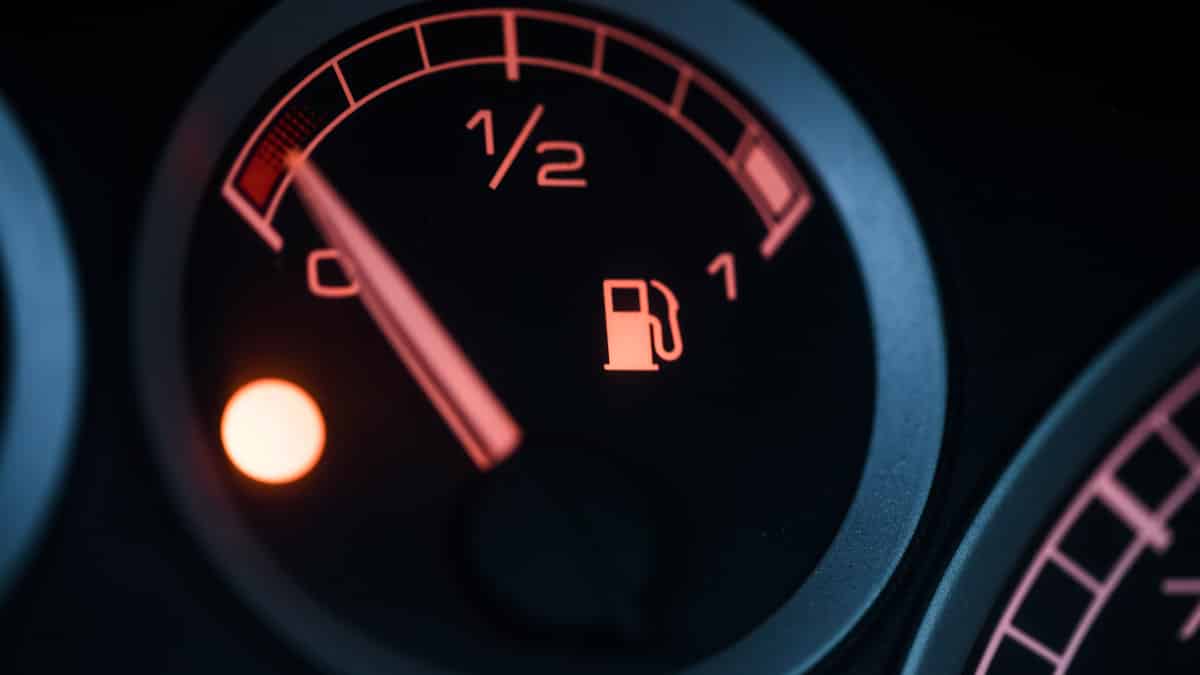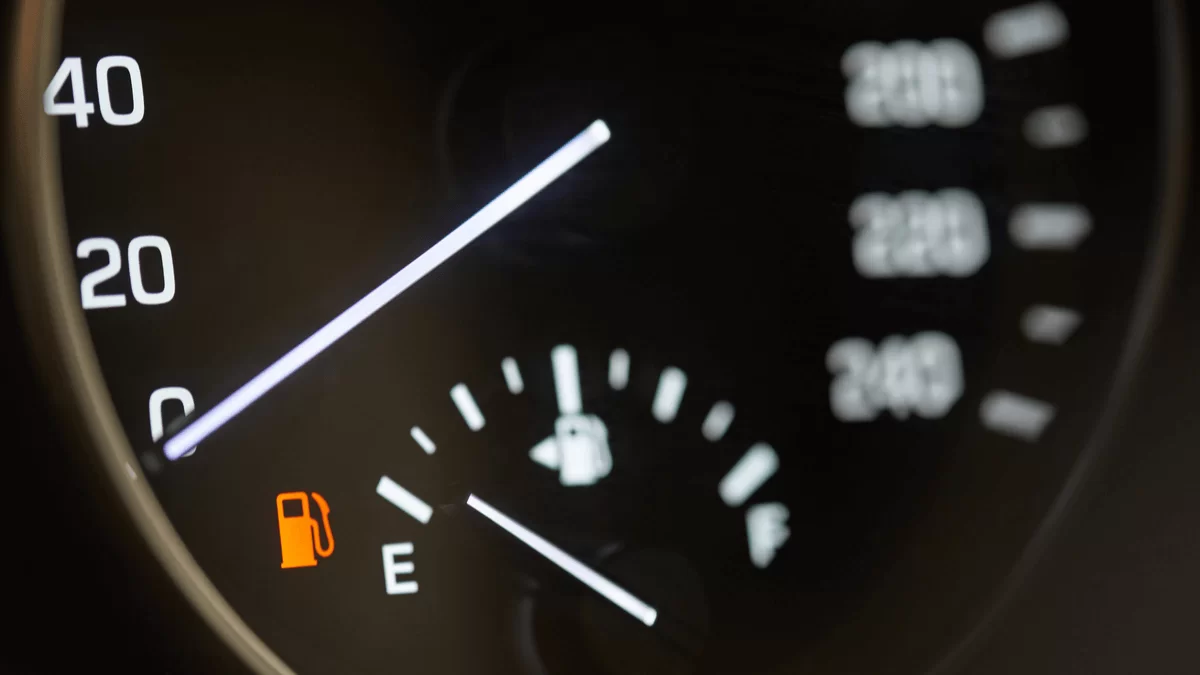It can be incredibly frustrating when your vehicle’s fuel gauge is reading incorrectly, providing inaccurate or fluctuating readings. You fill up the gas tank, drive down the highway for a while, and suddenly the gauge drops even though you haven’t gone that far. Or it bounces around erratically, making it impossible to know the real fuel level.
An inaccurate fuel gauge is a common problem many drivers experience at some point. When the reading is off, it creates uncertainty about remaining fuel, causes unnecessary fill ups, and could potentially leave you stranded if the gauge incorrectly reads full.
In this article, we’ll cover the common causes of inaccurate fuel gauge readings, how to diagnose the issue in your vehicle, steps to fix a faulty fuel gauge, and tips to prevent future fuel gauge problems. Read on for a comprehensive guide on what to do when your fuel gauge is reading incorrectly.

What Causes the Fuel Gauge to Read Incorrectly?
The most common cause of an inaccurate or erratic fuel gauge reading is a problem with the fuel level sending unit in the fuel tank. This sender unit is responsible for measuring the fuel level and sending that information to the fuel gauge on the instrument cluster.
Here are some issues that can occur with the fuel sender and cause incorrect gauge readings:
- Contaminated sending unit – The float and arm mechanism in the sender unit that measures fuel level can get coated in debris, residue and sediment from old fuel which affects its reading accuracy. This is a common issue over time.
- Sticking sender arm – The floater arm that sends the fuel level signal can get stuck due to contaminant buildup, preventing it from moving freely as the fuel level changes. This results in incorrect level readings.
- Corroded electrical connections – The electrical connections to the fuel sender unit can become corroded over time, leading to problems with the unit properly sending the electrical signal for fuel level to the gauge.
- Faulty fuel sender circuit – Issues with the wiring or electrical connections in the fuel sender circuit can prevent proper signal transmission and cause inaccurate gauge readout.
- Grounding problems – An improper ground connection to the fuel tank or sending unit can affect signal transmission and result in erratic gauge operation.
While issues with the fuel sender are the most common reason behind an inaccurate fuel gauge, here are some other potential causes:
- Faulty fuel gauge sensor or floater mechanism in the instrument cluster
- Electrical short or bad wiring leading to the gauge
- Gauge calibration issues if gas tank was recently replaced
- Malfunctioning gauge stepper motor if gauge jumps erratically
- Clogged filter preventing proper fuel flow to the pump and sender
- Deformed fuel tank shape throwing off the sender reading
With so many possibilities for an inaccurate fuel gauge, diagnosing the specific issue in your vehicle is key to determining the proper repair.

Diagnosing an Inaccurate Fuel Gauge
When your fuel gauge is reading incorrectly or bouncing around erratically, follow this systematic process to properly diagnose the issue:
1. Electrical System Checks
Use a multimeter to check for continuity, breaks, and faults in the wiring leading to both the fuel level sender and the instrument cluster fuel gauge. Look for corrosion, loose connections, and bare/pinched wires.
2. Fuel Sender Resistance Test
Check the resistance at the fuel sender unit plug to determine if the floats and variable resistor are functioning properly. Resistance should steadily increase as fuel level rises when tested.
3. Fuel Sender Ground Testing
Make sure the fuel tank and sending unit have a clean, tight ground connection. Faulty grounding can prevent accurate signal transmission.
4. Gauge and Sender Reading Comparison
Compare the fuel gauge reading on the instrument cluster to the actual fuel level sender reading using an OBD scanner or voltmeter. Mismatched readings indicate a transmission problem between the two.
5. Gauge Performance Monitoring
Carefully monitor the gauge over time, taking note if it only acts up at certain fuel levels. This can indicate a sticking float arm or debris interfering at that fuel level range.
6. Float Mechanism Inspection
If possible, visually inspect the fuel sender float mechanism in the fuel pump module without removing the whole tank. Look for debris, sediment, stuck arms, missing floats.
By methodically running through these diagnostic steps, you should be able to pinpoint if the fuel gauge, sender unit, or electrical system is to blame for the incorrect readings.
How to Fix an Incorrect Fuel Gauge
Once you’ve diagnosed the root cause of your fuel gauge issue, follow these tips to complete the proper repair:
- Replace faulty fuel level sender – If tester readings confirm the fuel sender is malfunctioning, the entire fuel pump module housing the sender will need replacement.
- Clean or replace fuel pump module – The fuel pump and level sender are housed together in the module. Try cleaning first, otherwise replace the entire assembly.
- Inspect fuel tank – Check for rust and sediment that could interfere with floater arm. Remove fuel tank for thorough cleaning if debris present.
- Repair wiring faults – Fix any corroded, grounded, or broken wires leading to the sending unit or gauge cluster.
- Fix electrical grounds – Clean and tighten ground at fuel tank and sender unit connection point if loose.
- Gauge cluster replacement – If diagnosis indicates instrument cluster gauge malfunction, replace the cluster for repair.
- Fuel sender recalibration – Recalibrating the fuel sender unit may be required if adjustments were made during other repairs.
- ECU software update – For digital gauges, an ECU software patch from the manufacturer may be required if a system glitch is causing the error.
With the right diagnosis and targeted repair, you can get your fuel gauge reading accurately again. If problems persist after repairs, recheck your diagnostic work.
Preventing Future Fuel Gauge Issues
To help avoid fuel gauge problems down the road:
- Use fuel injector cleaner regularly to prevent contamination buildup
- Avoid running the fuel tank extremely low – pump relies on ample fuel volume
- Have fuel system inspected during scheduled maintenance
- Replace fuel filter per maintenance schedule
- Consider periodic fuel sender and gauge recalibration
- Fix leaks immediately to prevent sediment from entering system
Routine fuel system maintenance and inspection will help minimize sediment buildup that can affect the sender unit floats and mechanism. Proactively replacing aging fuel system components also reduces likelihood of fuel gauge problems.
FAQs about Inaccurate Fuel Gauges
Here are answers to some frequently asked questions about fuel gauge issues:
What if my fuel gauge jumps erratically only at fill ups?
This often indicates a sticking float arm or malfunctioning stepper motor in the gauge cluster. The rapid change in fuel volume during fill up causes the issue to manifest.
Could a bad fuel pump cause an inaccurate fuel gauge?
Yes, if the fuel pump is failing it may not be providing consistent fuel flow to the fuel level sender, leading to improper readings. Replace a faulty fuel pump.
Is it dangerous to drive with an inaccurate fuel gauge?
It can be risky, as you may run out of fuel unexpectedly if the gauge incorrectly reads full. Manually track mileage since last fill up, and refuel often until the gauge is fixed.
Summary
Having an inaccurate or erratic fuel gauge can cause unnecessary headaches and even unsafe situations if you run out of gas. In most cases, a faulty fuel level sending unit is the root cause due to factors like contaminated floats or bad electrical connections. Following the diagnostic steps outlined in this article will allow you to zero in on the issue and complete the proper repair.
With some diligent troubleshooting and targeted repairs, you can get your fuel gauge working properly again and have confidence in the level reading displayed. Paying attention to your gauge and having any issues promptly diagnosed will help avoid being left stranded with an empty tank. Always monitor mileage as a backup, and you’ll stay on top of your vehicle’s fuel situation.